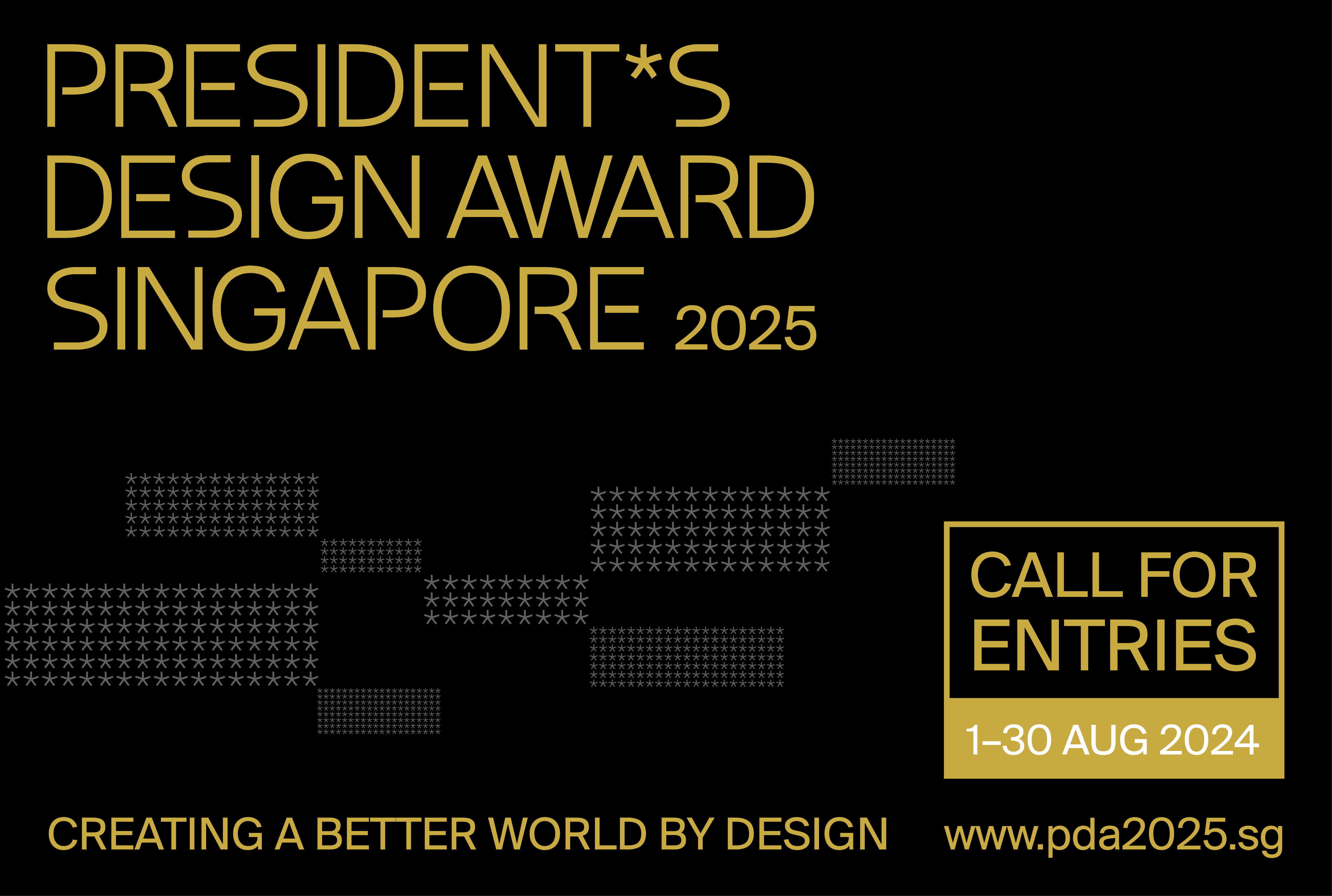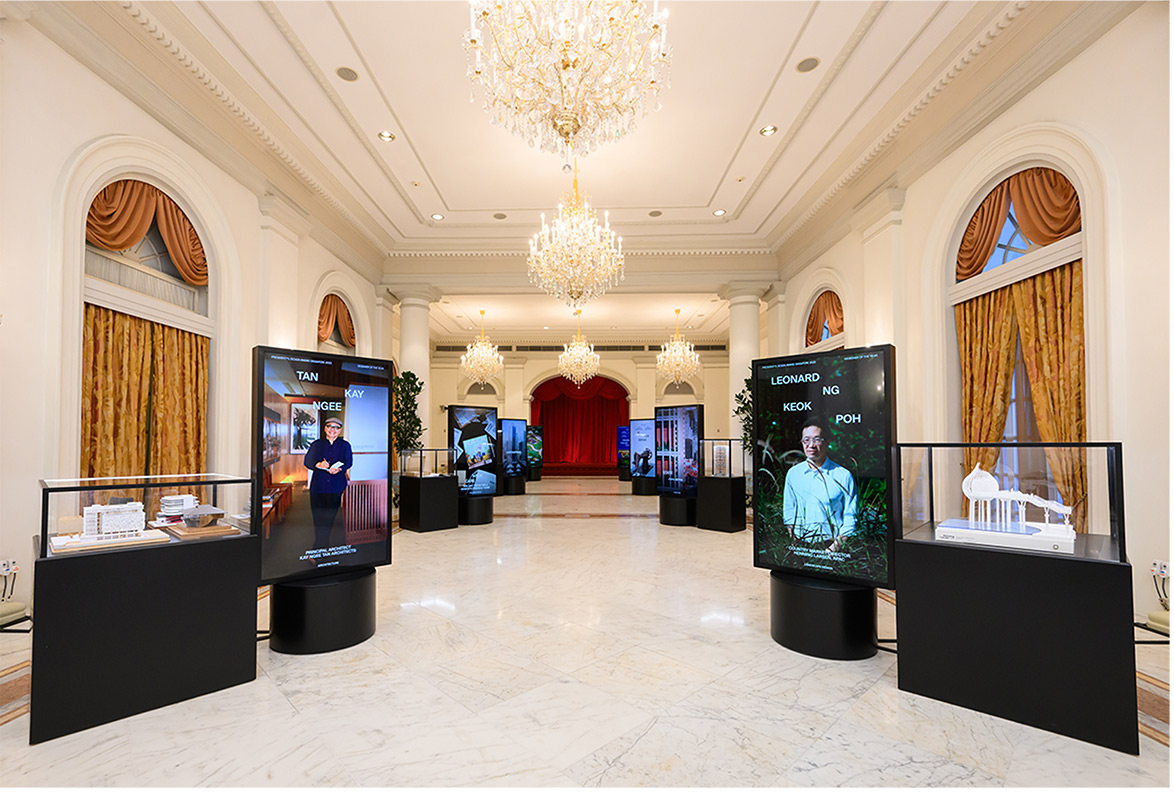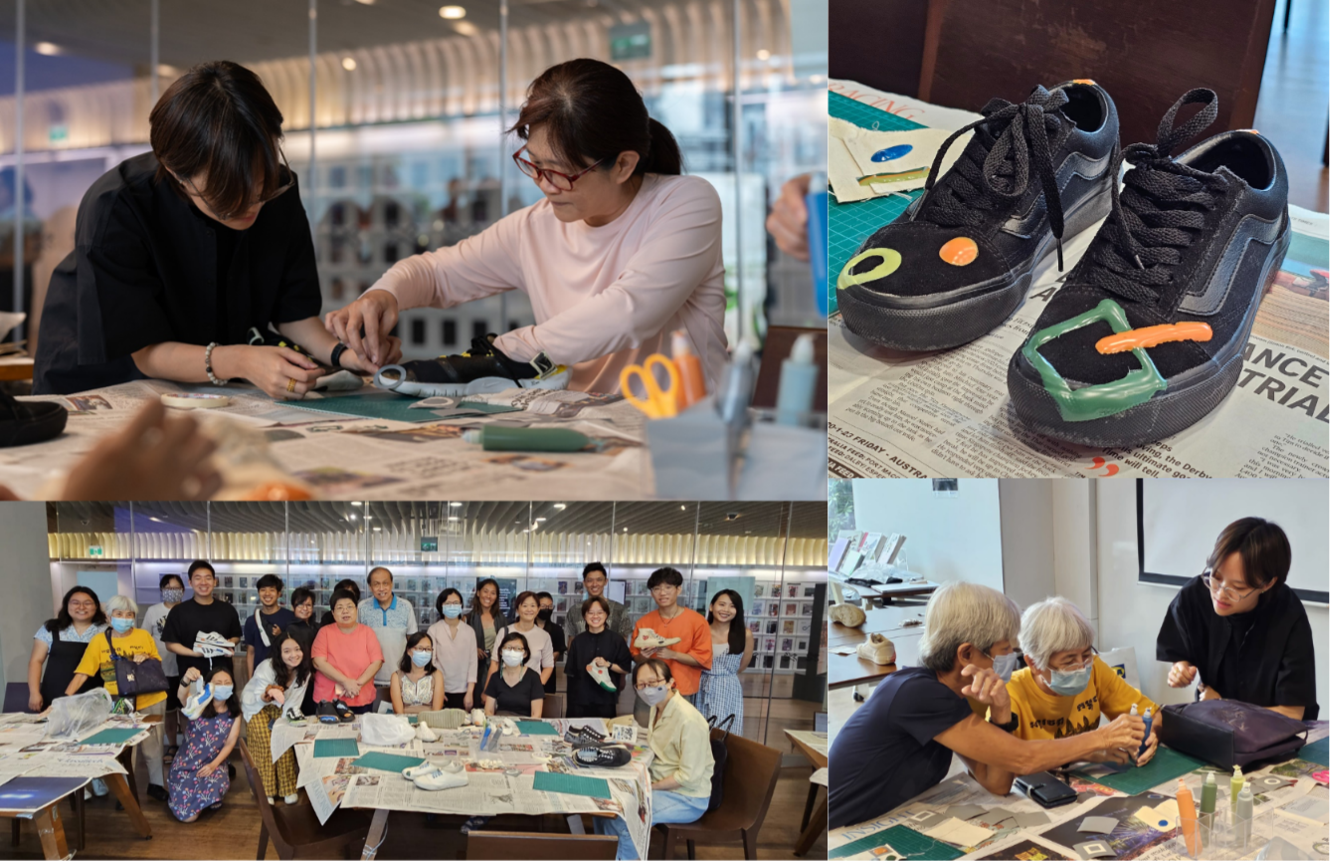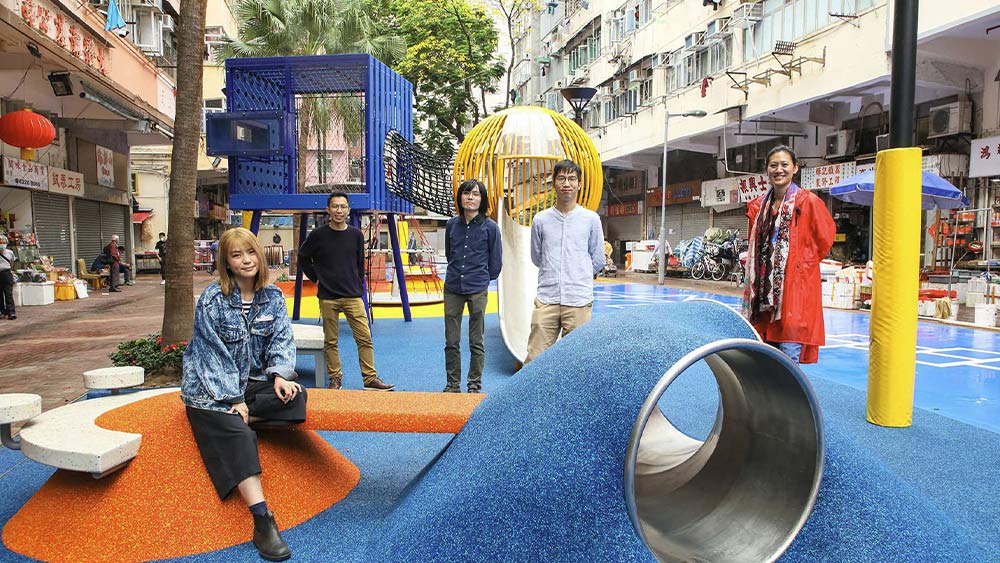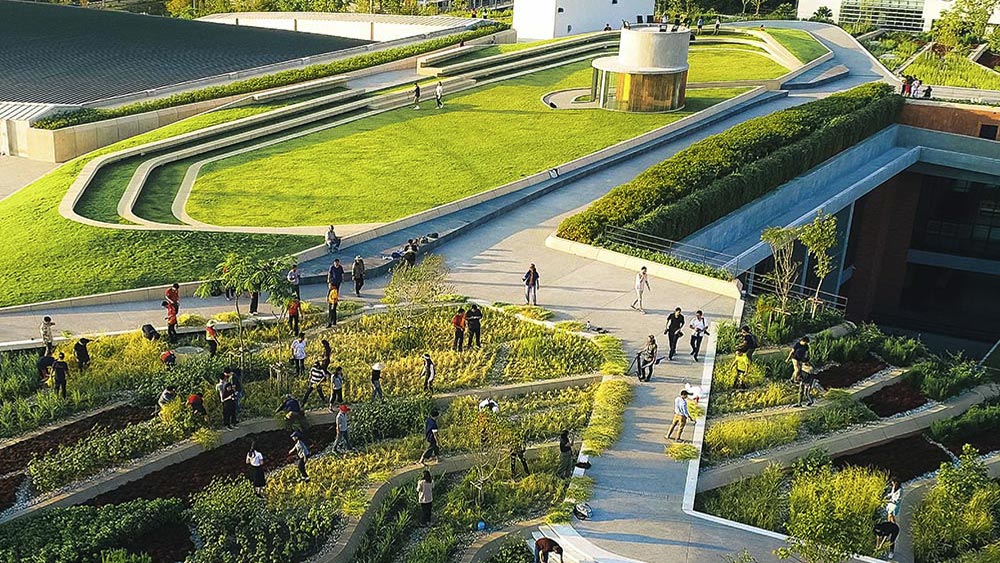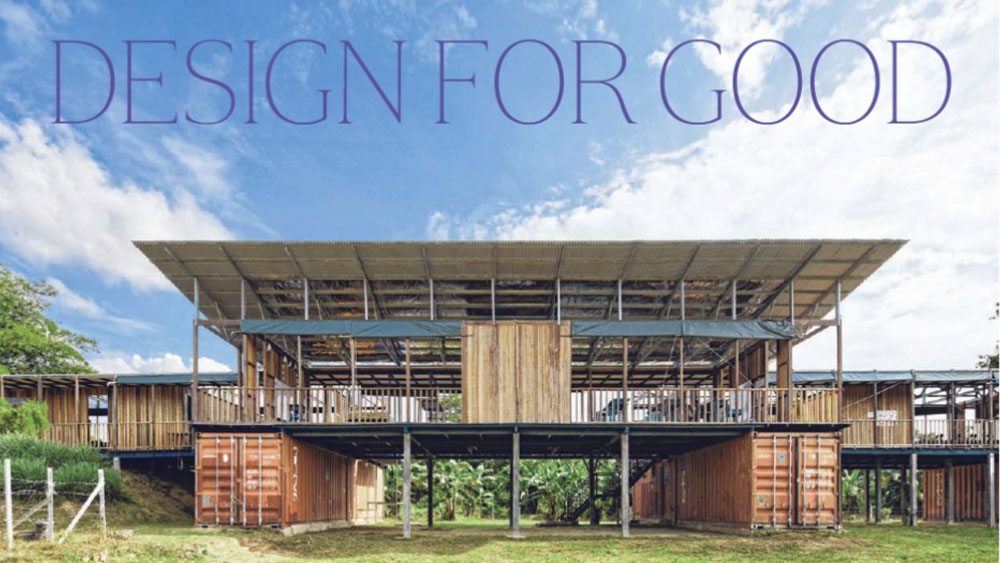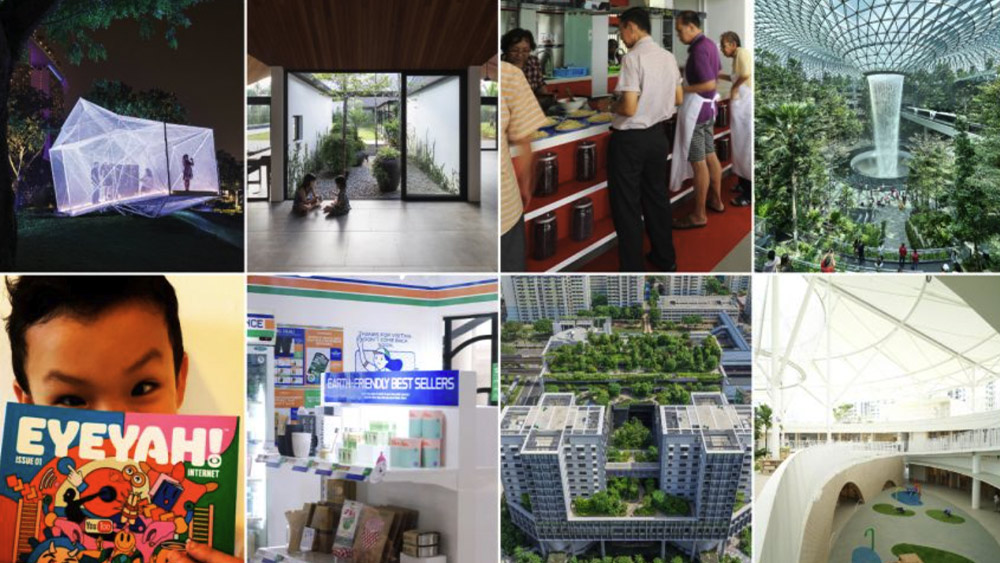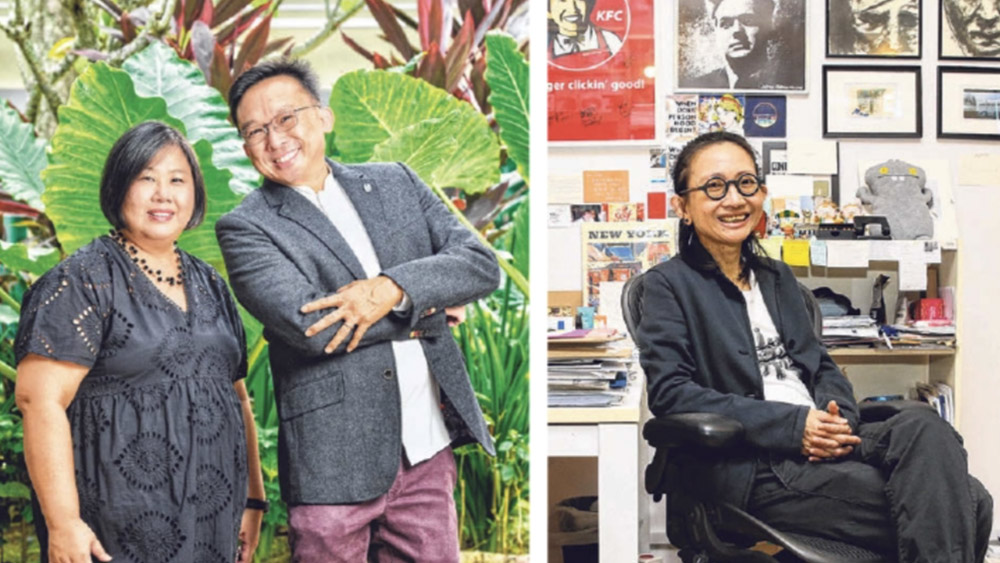P*DA x TODAY AT APPLE: Colin Seah’s four ingredients to transforming the dining experience
President*s Design Award and Today at Apple collaborate to bring you a series of complimentary workshops throughout the year. Conducted by P*DA recipients, these workshops will focus on different areas in design. Here’s a low-down on Colin Seah’s session at Apple Orchard Road on 27th July 2019.
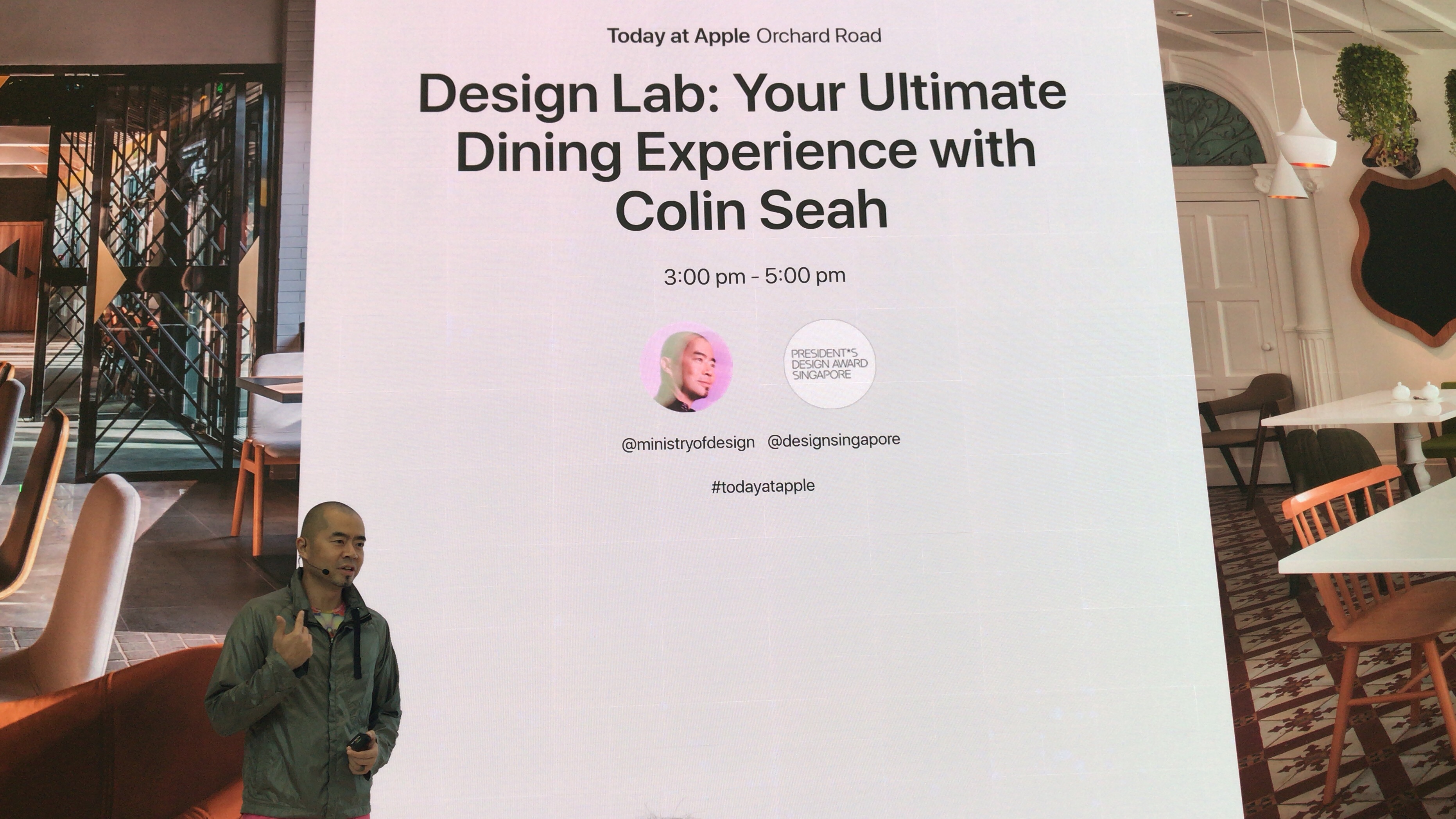
Colin Seah greeted the workshop participants in a pair of hot pink pants, a floral-print tee and a grey jacket with a sheen. His upbeat attire livened up the atmosphere instantly. Playing it safe has never been his strong suit.
And while being bold has served Colin’s illustrious career well over the years, the two-time President*s Design Award Winner (2006 and 2008) keeps his award-winning work real with four simple principles. According to the University of Arizona architecture graduate, four design principles are all you need when you design spaces: scale and sequence; texture and material; colour and lighting; and furniture and decoration.
“They are givens. It’s a little like marriage. After so many years, you have a loving relationship but sometimes you don’t take the time to revisit why you fell in love or what love is all about to begin with, in that dreamy, romantic, almost sentimental way that you do when you start a relationship!” Colin said.
“So, this workshop for me, was going back to core principles and being able to share that with people who genuinely look quite excited learning about it.
Since its humble beginnings as a one man set up in 2004, the Ministry of Design has grown into a 30-employee outfit with satellite offices in Kuala Lumpur and Beijing today. Driven by these principles, the studio’s innovative use of design to craft memorable experiences has impressed clients like Marriott International, Intercontinental Hotel Group (IHG), Unlisted Collections and Bartle Bogle Hegarty.
Its distinctive oeuvre – from hotels to offices, restaurants to residences – has already been recognised: the studio has more than 120 awards to its name.
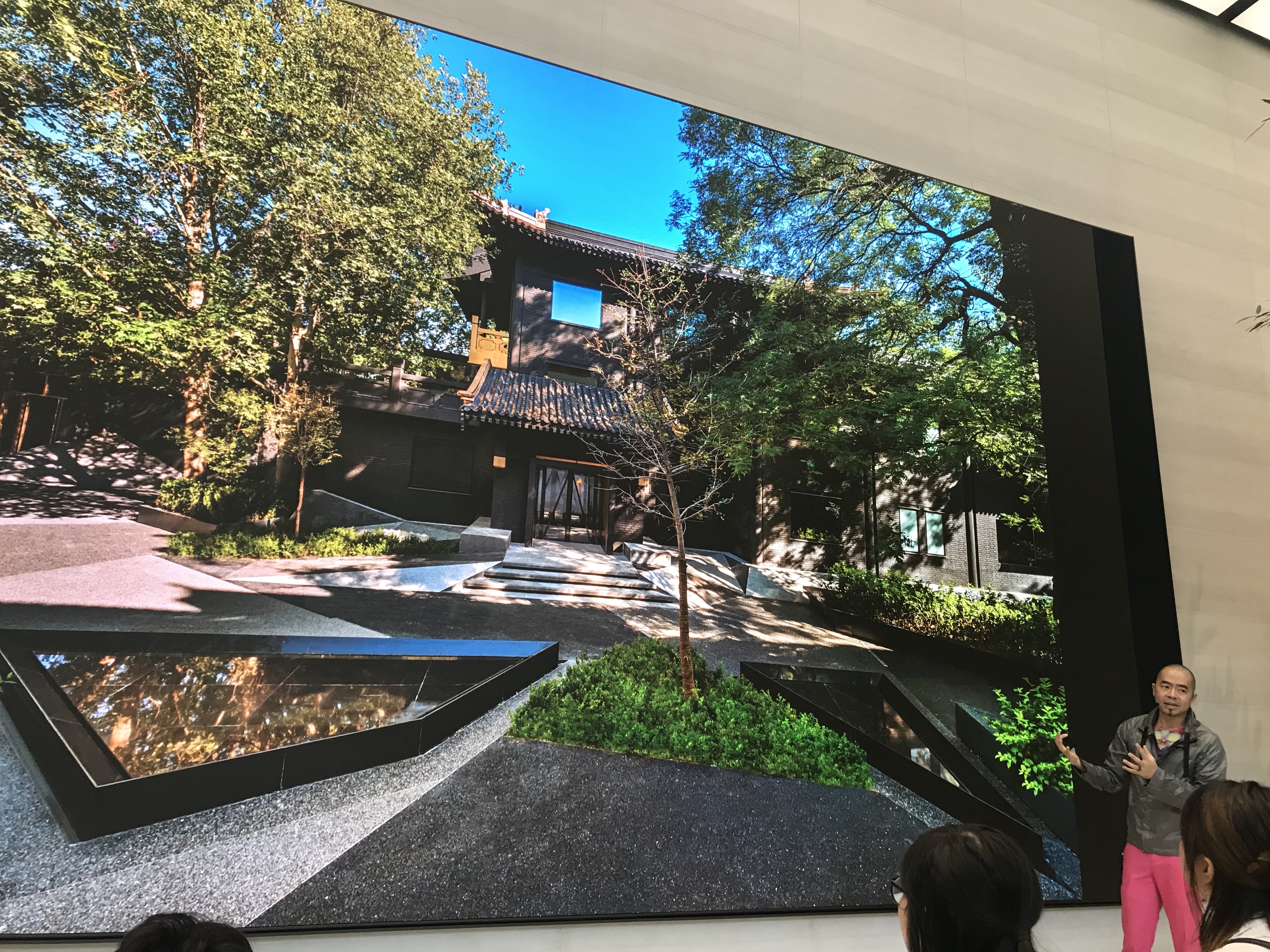
TRANSFORMING THE DINING EXPERIENCE
With his outstanding credentials, Colin is clearly the right person to give a workshop about using design to create unique dining experiences. After sharing the four principles, he then demonstrated how he applied them with a few examples from his agency’s portfolio.
Take the Japanese restaurant Sho-U. Inspired by the intensity and vibrant hues of Kabuki theatre, Ministry of Design eschewed conventional symbols of Japanese ornamentation such as the shoji screen when working on its interiors. Instead, a patron’s dining experience would begin with drama, which is made possible by a striking red entrance with angled walls and a narrow gate. A sense of the sombre entered the equation as the space unfolded into an all-black series of dimly-lit nooks. These intimate nooks circled a roomy white hall filled with natural light, allowing for the option of a more relaxed dining ambience. Floral embroidery adorned the walls of these different spaces, communicating their unity as a whole.
Later, Colin gave the workshop participants a peek into Ministry of Design’s recently completed project – The Prestige Hotel in Penang, Malaysia. This time, he showed photographs of the hotel lobby, rooms, and dining areas without much explanation. The participants quietly studied them and applied the principles in their interpretations of the studio’s creative intentions.
Using iPads and Apple Pencils, the workshop participants then explored the popular sketching app Morpholio Trace and worked on dining concepts of their own. As they brainstormed, illustrations like stick figures, trees and furniture populated their digital layout plans. Their motivations for attending the session varied, from contemplating a career change to simply wanting to have fun.

A few attendees shared their ideas after finishing their sketches. A man talked about his vision of an underwater triangular-shaped restaurant, with floor-to-ceiling glass windows so that customers could enjoy stunning views as they dined. A woman shared how her energetic young nephew inspired her to come up with a maze-like playground that doubled as a café. A seven-year-old kid’s vivid imagination took him to an exciting art-themed restaurant, complete with a lake, spiked floors and chairs made from car tyres.
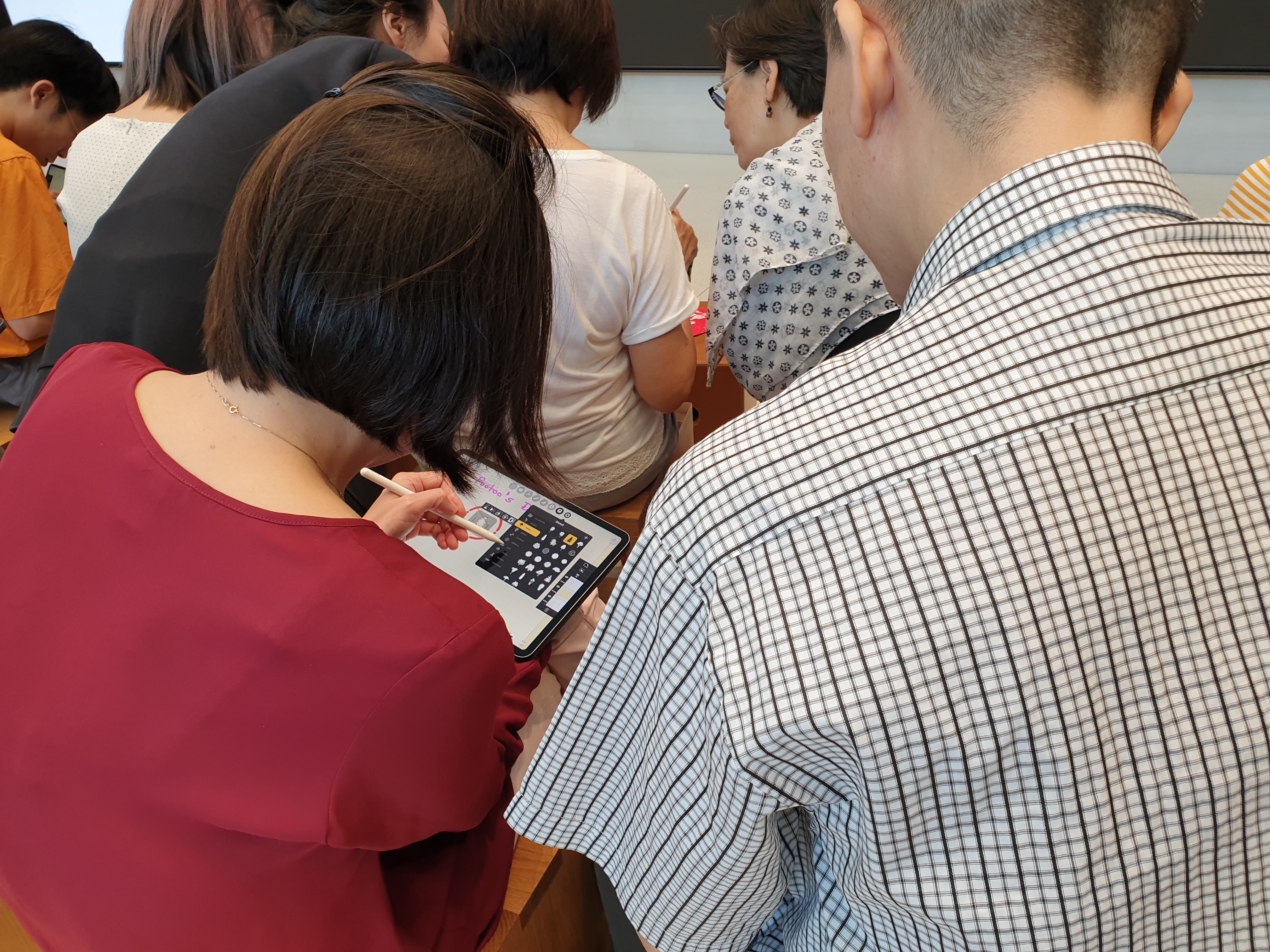
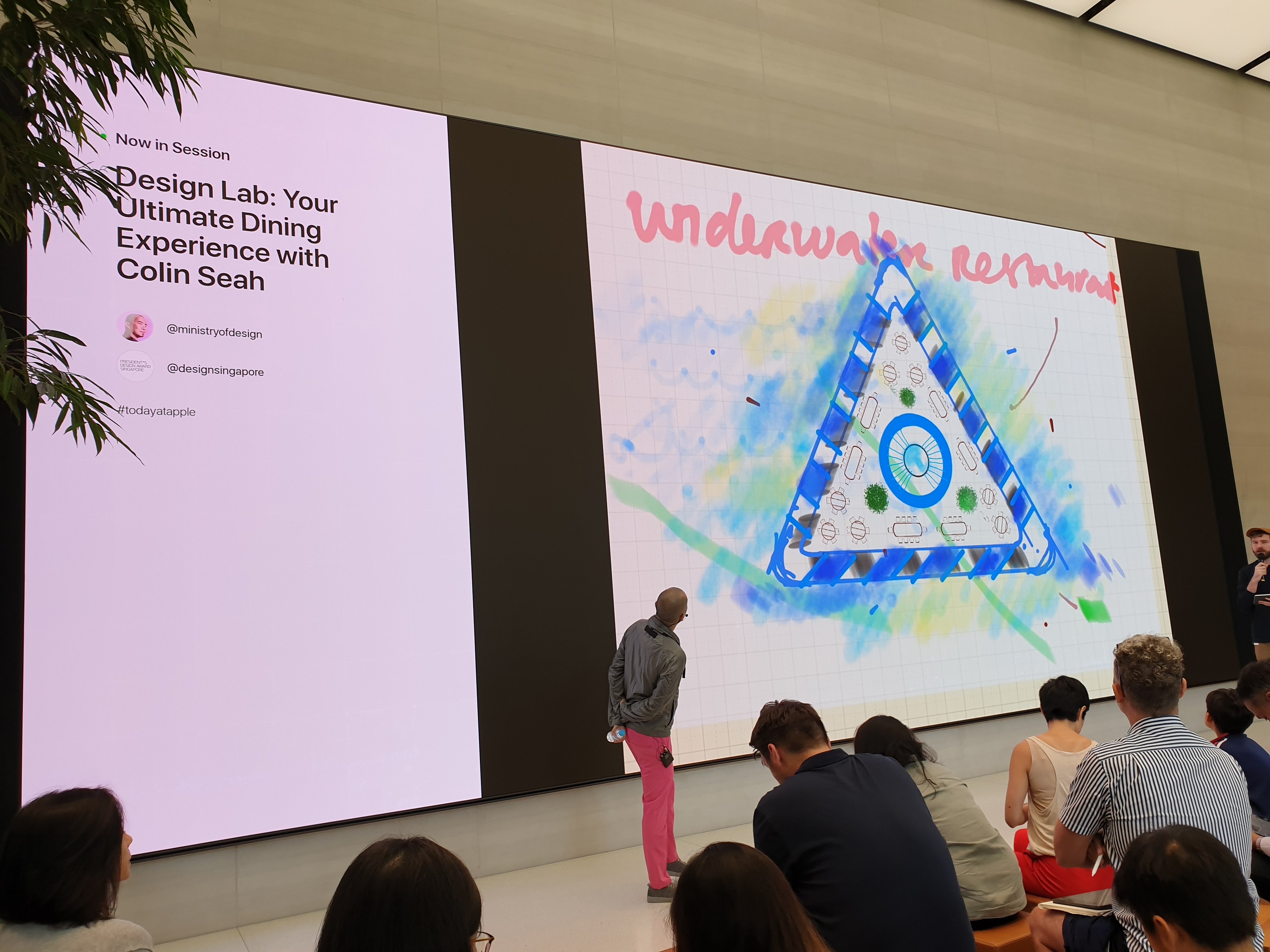
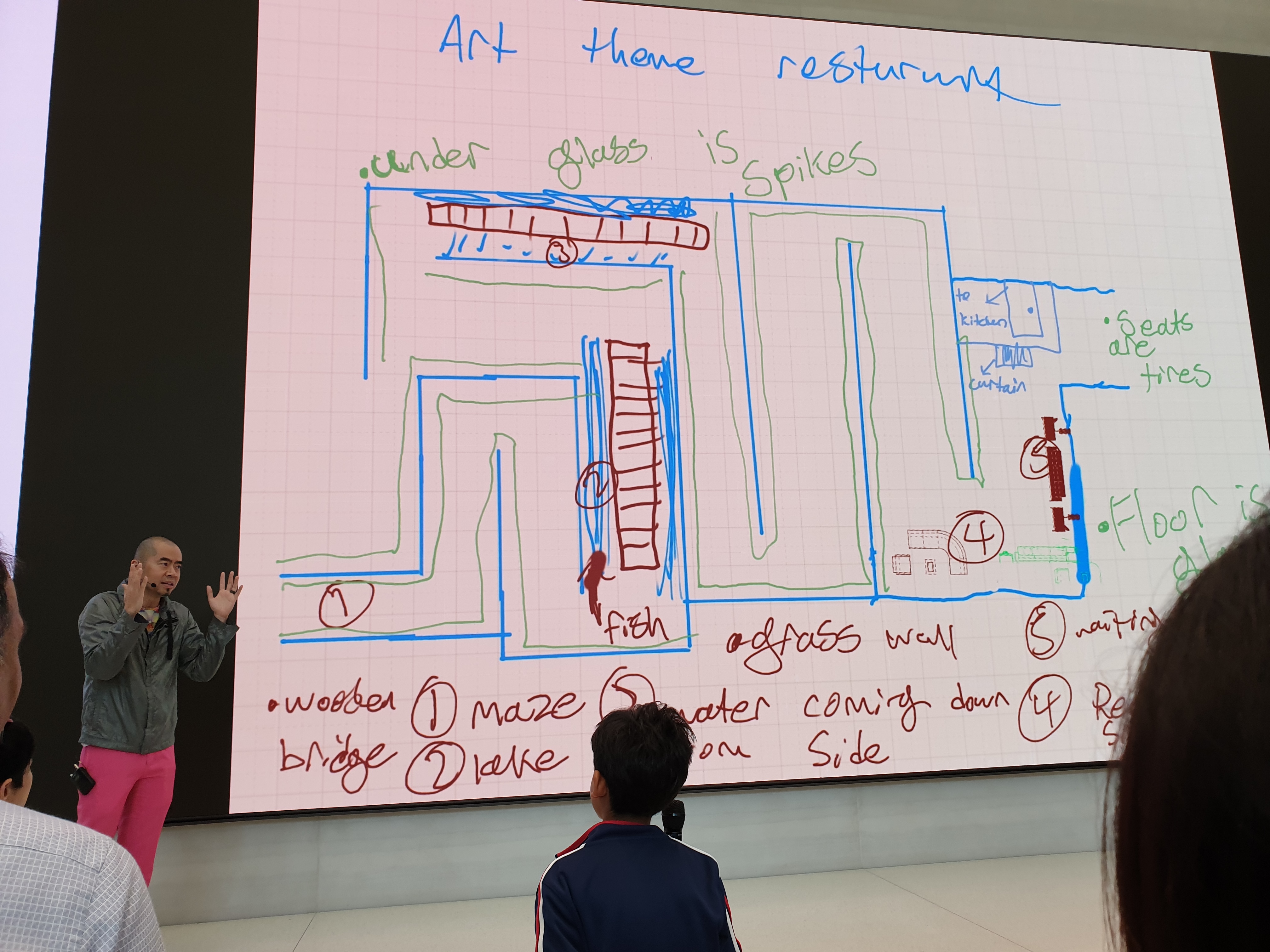
According to Colin, the next step participants could take to develop their ideas further was to create mood boards in their own time. As the workshop drew to a close, he encouraged the participants to think out of the box when coming up with compelling ways to craft the dining experiences they want. “The sky is the limit,” Colin said, “Your dining concept can be anything your imagination comes up with – as long as you have the money for it!”
+++
Q&A WITH COLIN SEAH
How do you think the workshop went?
I thought the preparation for the workshop was almost as interesting as the workshop itself. I went into the equation thinking it would be a walk in the park due to my work, because I had numerous occasions where I had to speak in public. But what was interesting about the workshop was that it was for a general public. They were from a very wide age group, from nine to 70 years old. I don’t usually talk to crowds like that. I had to rethink the way I present work. I had to go into things that my audience would usually be aware of, such as the principles of design. It was a different way of communication, which I found that I thoroughly enjoyed doing actually!
Ministry of Design recently launched the jewellery collection Code. Speaking of design principles, do you draw on these same principles when working on products instead of spaces?
Yes and no. Yes, in that the starting point is the same: to question, disturb and redefine. For us, the same questions – whether we are talking about spaces or jewellery – would be: “How can we innovate something that’s conventional? How can we make it more relevant today, and not innovate for novelty’s sake?”
I really try to steer the studio towards innovation that is driven by a deeper question, and not novelty. For Code, it’s the same. Based on the observation that consumers often adapt to the fashion accessories that they purchase or wear, the upstream question we had was: Can the dynamic between accessory and fashionista be changed from passive to active?
We came up with the idea of creating a module which a consumer could create iterations of. But do the other design principles apply for Code? Space and sequence don’t, but colour and texture do. Furniture and decoration work on a different level. In this case, decoration may refer to the kind of stitching, and whether it be revealed or concealed. You can hence apply some of those principles I spoke about in the workshop on a smaller scale, but not all.
What’s your dream project?
A dream project for me is where the patron and the designer meld into one, when there is no disconnect between the brief and the execution of it. And I guess my home – which I am working on now – has probably been the closest to that. I am both the patron and the designer. I set the brief and I interpret it. As a result, the ability to have the solution – or innovation – reinforce the brief is also quite interesting.I wouldn’t mind working on a sacred space. We have never done one!
Tell us about your new home.
Sure! On one level, it provides for a sense of rest and security… My wife Joy and I have also managed to bring it to a level where it reflects our ambitions or philosophy in life. What we live for and what is important for us are being manifested through design and art, and that has been very fulfilling.
My new home looks cool. It’s very edgy! It’s basically a concrete black box. Its exterior reveals nothing about what’s inside. But when you are inside, it tells a very different story, which I really love. You know how in a lot of homes, there’s this richness in how activities move outside their prescribed spaces? People work in bedrooms, do bills on dining tables, and eat in living rooms. For our home, we have designed it such that different spaces are almost exactly tailored for particular activities.
So, what’s next for your studio?
Most of our projects are abroad. We are designing and branding a ski resort in a mountainous area outside Chongli, where the 2022 Winter Olympics will be held. That’s our first ski resort! We are also going to start working on a masterplan for our first hot spring resort in Tainan, before moving on to its architecture and interior design. We are also working on a variety of hotels in China for both international and Chinese brands.
+++
___
Article written by Ng Hui Hsien.
